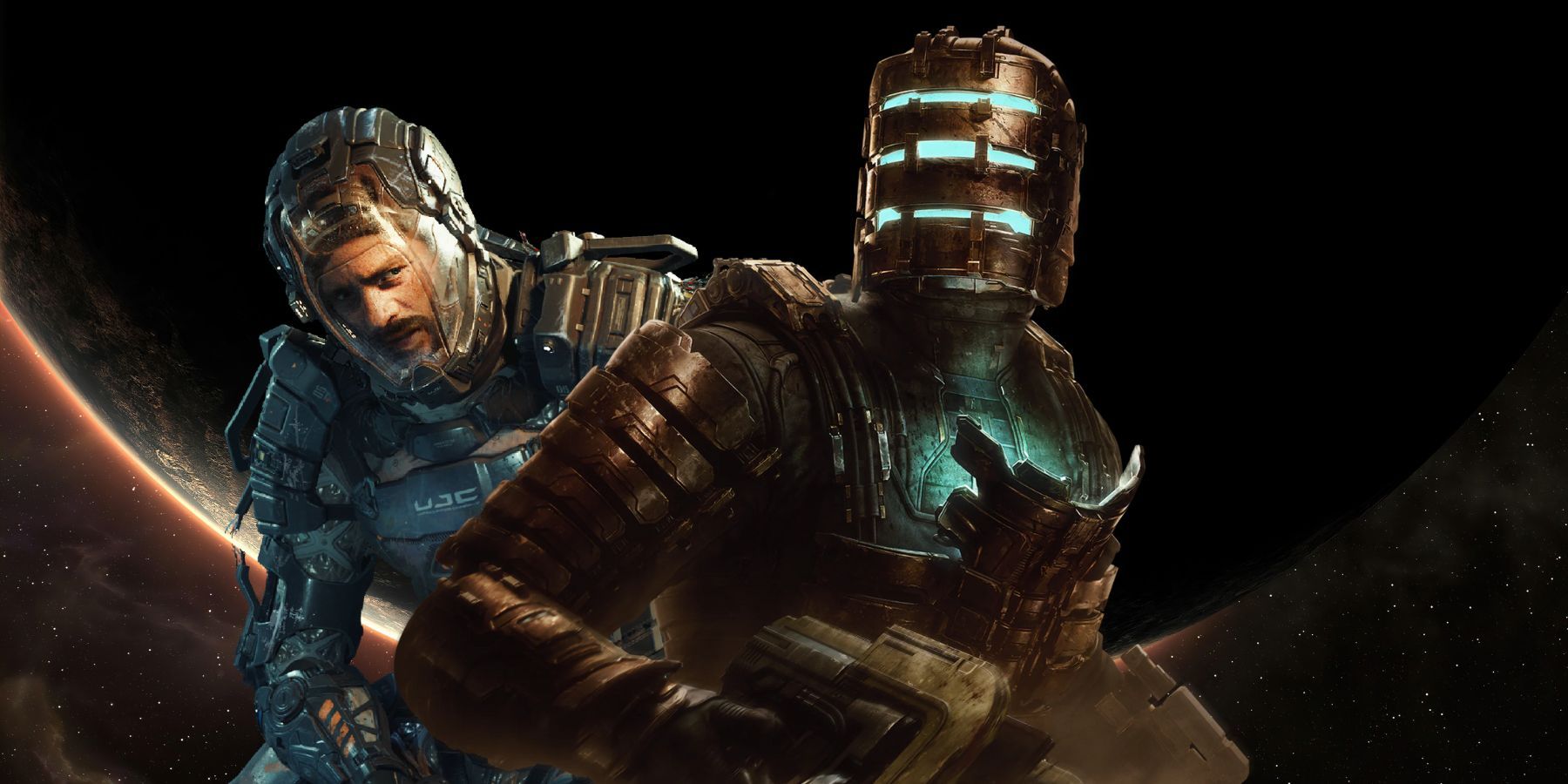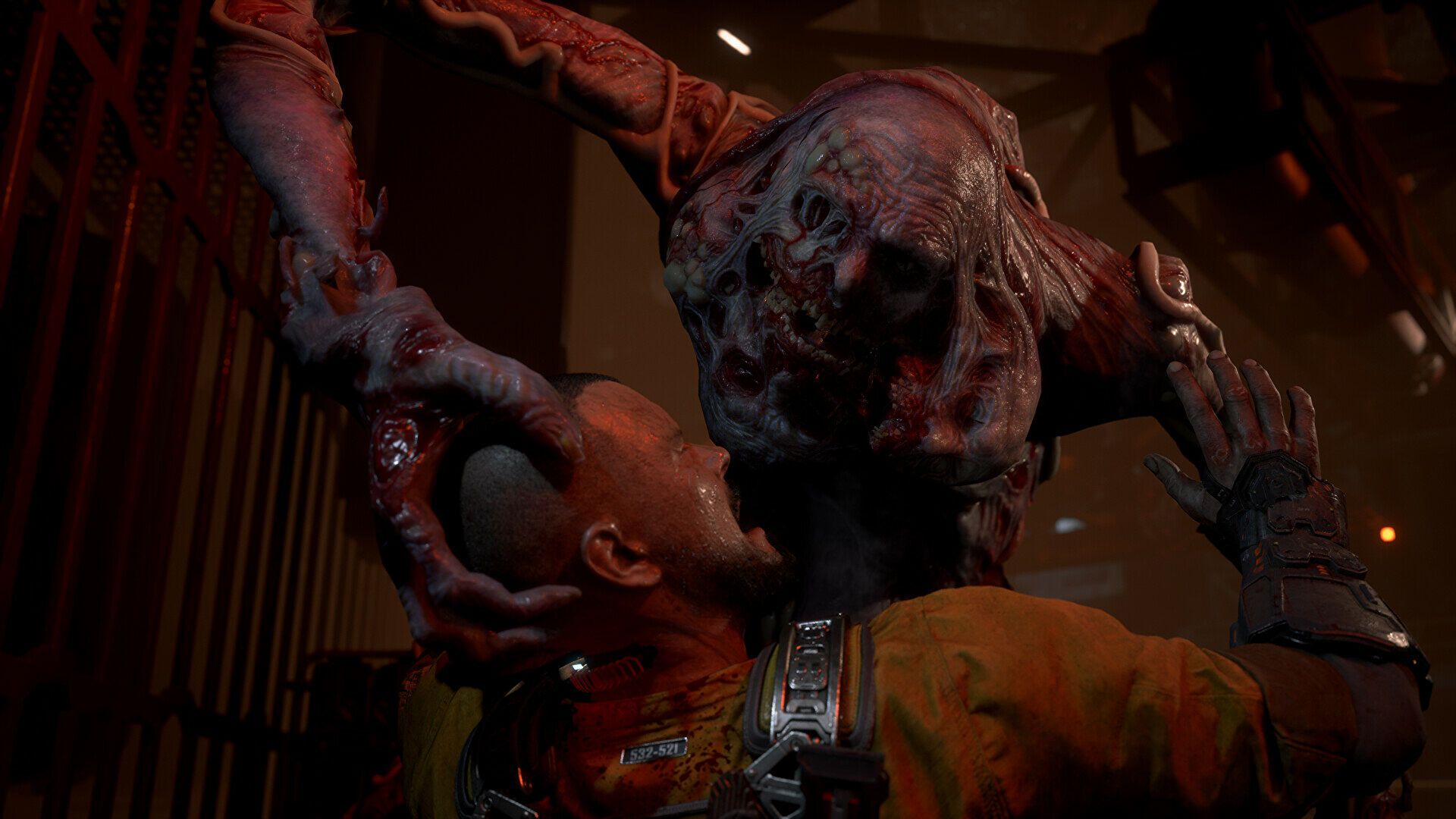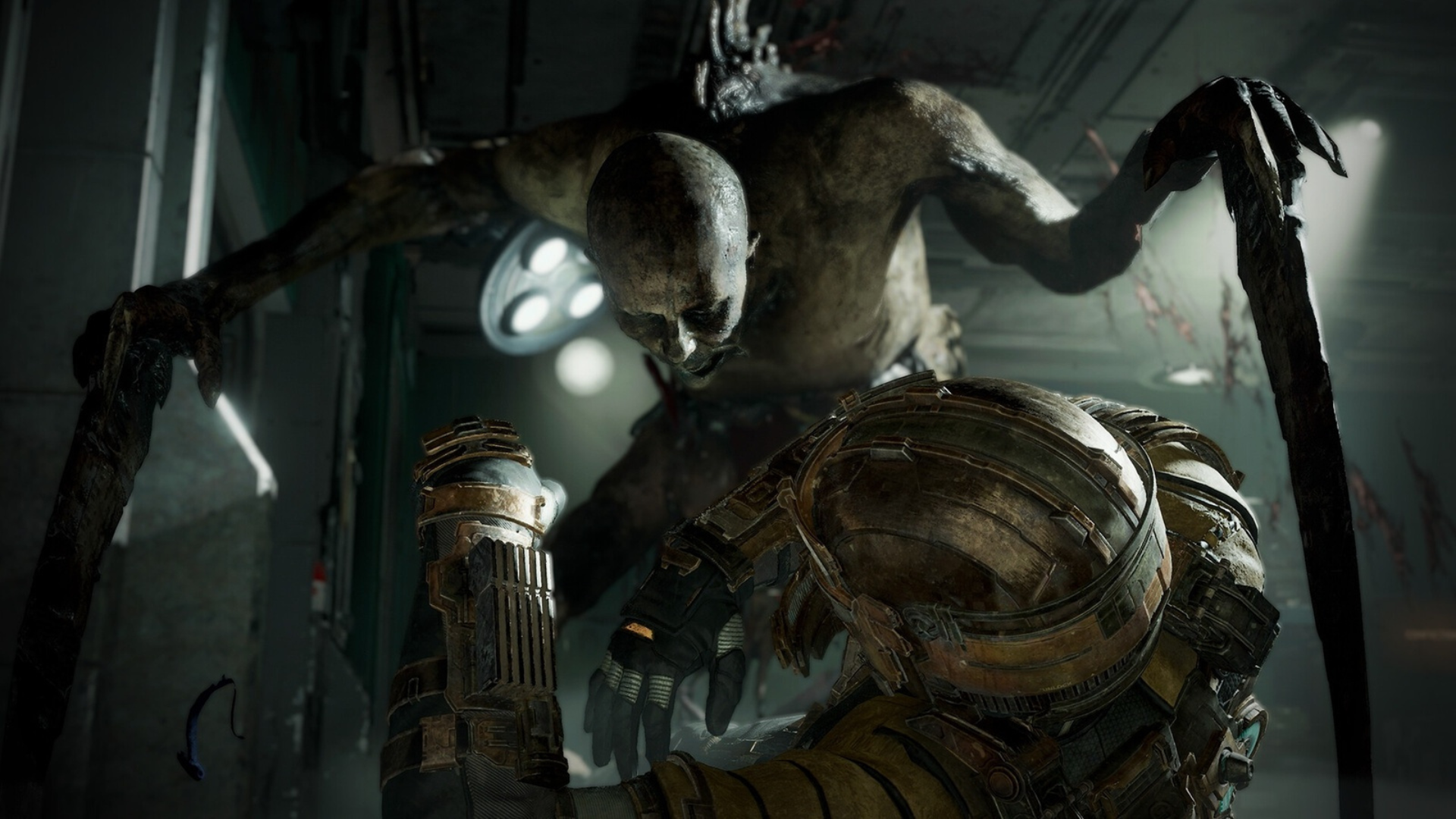New IPs will always have a harder time appealing to fans unless they are striking and unique, much like Tango Gameworks’ Hi-Fi Rush was when shadow-launched. It is certainly not a bad thing to have parts of a game’s design inspired by other games, especially if those games helped to push the genre forward satisfyingly. Resident Evil 4 helped shape what many modern action games look and feel like, for example, and that influence will only be extended with the Resident Evil 4 remake releasing next month.
The Callisto Protocol is a new IP that draws a lot of its inspiration from Glen Schofield’s own Dead Space, but those inspirations are little more than structural imitations. The Callisto Protocol seems to want to be its own Dead Space or a spiritual successor, but it fails to exceed beyond the design or mechanics of Dead Space in any meaningful way. Dead Space is iconic for its originality, and despite the fact that it had its own Resident Evil and Silent Hill inspirations, it still manages to carve its own path in a way that The Callisto Protocol could not.
The Callisto Protocol is Largely a Poor Imitation of Dead Space
The Callisto Protocol’s adherence to Dead Space tropes is so obnoxiously evident that it feels as if Striking Distance Studios was trying to remind fans that Glen Schofield co-created Dead Space. This was surely all the marketing for The Callisto Protocol needed, especially in a nearly 10-year Dead Space drought.
That is not to say that no other game is allowed to have similar mechanics or diegetic UI, but The Callisto Protocol is an imitation of these features rather than an attempt to reinterpret them creatively. The Callisto Protocol’s CORE is simply Dead Space’s RIG, for example, and The Callisto Protocol’s GRP is simply Dead Space’s Kinesis—which is also unironically used to pull GRIP levers.
However, Dead Space’s Kinesis is excellent because it can be used to sever and wield necromorph appendages, while hurling biophages off of scaffolding or into spiked walls is only interesting and satisfying for so long in The Callisto Protocol. Moreover, melee combat certainly helps The Callisto Protocol stand out, but it is not balanced well enough in its implementation to make it a truly great part of gameplay. Otherwise, The Callisto Protocol is a slog due to countless back-to-back shimmy sequences and a fundamental lack of atmosphere.
The Callisto Protocol Releasing Before Dead Space Remake Sealed Its Fate
The fact that The Callisto Protocol released a month before Motive’s Dead Space remake was the biggest nail in its coffin. The Callisto Protocol was generally disliked at launch nonetheless, but having such a faithful yet additive remake of the game it imitates release soon after truly punctuates everything inferior about The Callisto Protocol.
The Dead Space remake accentuates the original’s atmosphere with upscaled lighting, shadows, and volumetrics, and entire levels are redesigned or restructured with more exploration throughout the USG Ishimura. The weaker gameplay designs from the original Dead Space are replaced with the updated designs from Dead Space 2, side quests dive deeper into lore and optional rewards, and the storytelling is much better with Isaac able to converse with other characters.
The argument can easily be made that this is a remake and not its own IP, but The Callisto Protocol could have either chosen to separate itself with more original ideas or exceed upon the mechanics it had drawn inspirations from. Unfortunately, it does neither.
The Callisto Protocol is available now on PC, PS4, PS5, Xbox One, and Xbox Series X/S.



